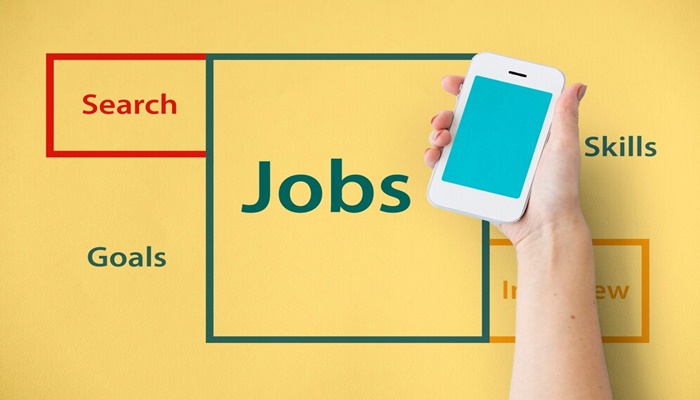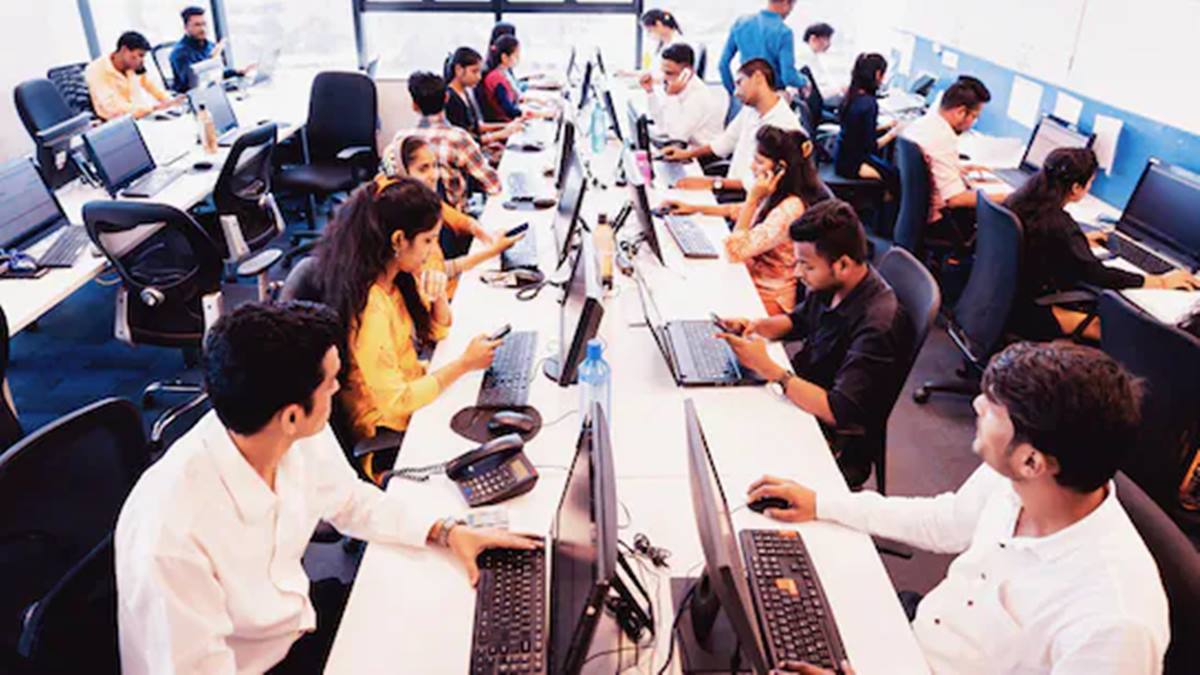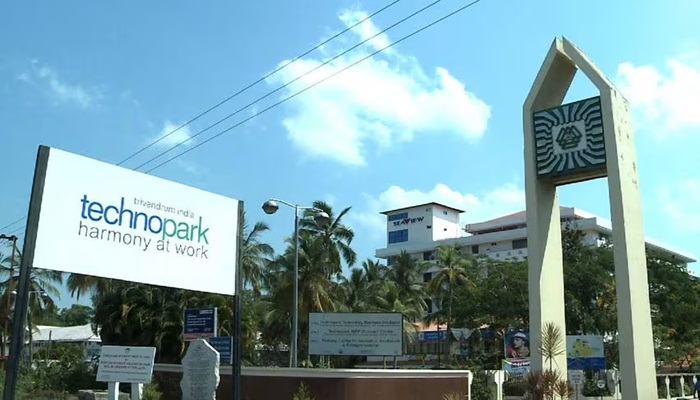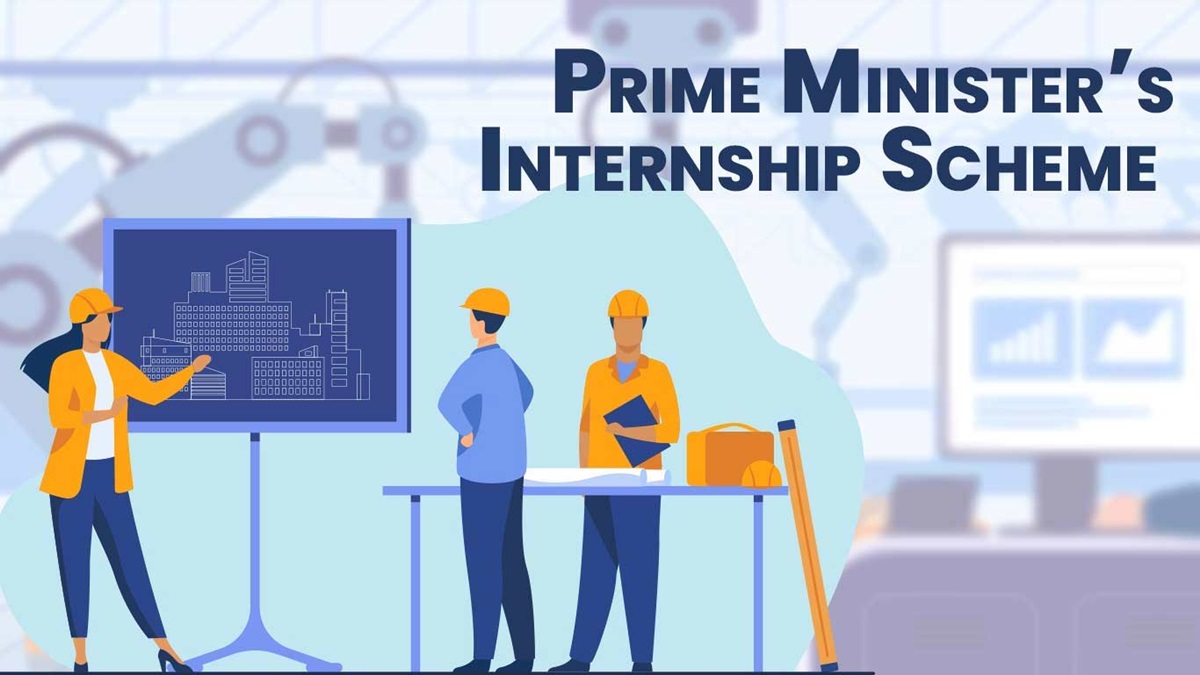As artificial intelligence reshapes industries worldwide, thousands of tech professionals in India aspire to carve out a place in this fast-growing field. With global tech giants aggressively hiring top AI talent, including offering multimillion-dollar packages, the pathway into AI roles can seem both promising and intimidating.
Kriti Goyal, a 28-year-old AI and machine learning engineer based in Seattle offered clarity and first-hand insight into this space to Business Insider. Her journey from a small town in Rajasthan to working at one of the world’s leading tech companies serves as a valuable case study for those looking to break into AI.
From Bikaner to Big Tech
Originally from Bikaner, Kriti had initially aimed for a career in medicine. But everything changed when she saw a Code.org video featuring global tech leaders such as Bill Gates and Mark Zuckerberg. The idea that coding could turn ideas into real-world products inspired her to switch to technology. Today, she is part of the Foundation Model main framework team at a top U.S.-based tech firm, where she writes core infrastructure code that helps machine learning models identify patterns in unseen data.
Strategic Moves: Internships, Higher Education, and Networking
Kriti began with an internship at her current company’s India office but soon realized that major business decisions and innovation were happening at its U.S. headquarters. Rather than opt for internal relocation, she pursued a master’s degree at the University of Wisconsin–Madison. This decision not only enriched her technical knowledge but also allowed her to build connections that would later help her secure a U.S.-based role.
Upon graduation, Kriti bypassed job boards and contacted former managers directly. Her ability to pitch her AI solutions and get them adopted during her second internship made a strong impression, ultimately securing her a full-time role.
Skills Over Degrees: Her Advice to AI Aspirants
Kriti emphasizes that while a master’s degree helped her professionally and with immigration, it’s not the only path to success in AI. The industry, she notes, is evolving to value skills and outcomes over formal qualifications. Demonstrating capability—through projects, internships, or networking—is now more important than ever.
Her daily routine includes a mix of research, collaboration, and coding, with hands-on work being her favorite. She encourages young tech professionals to focus on learning by doing, building strong networks, and staying adaptable in a rapidly changing field.
India’s Growing Edge in AI Talent
As global firms like Meta push compensation limits for elite AI talent, India remains a favored destination for AI hiring—particularly in implementation, engineering, and mid-tier research roles. According to AMS, Indian AI professionals often cost only 15–25% of what companies pay in countries like the U.S., making India attractive for scaling operations.
Experts such as Roop Kaistha and Sunil Chemankotil highlight India’s dual advantage: cost-effectiveness and a growing talent pool. While high-end research roles still skew toward the U.S., India is steadily moving up the value chain. However, as Neeti Sharma of Teamlease Digital points out, significant investment in upskilling and innovation is needed for India to compete at the highest levels of AI R&D.
While ultra-premium AI roles with eight-figure packages may currently be concentrated in the West, India’s position in the global AI ecosystem is strengthening. Initiatives like the IndiaAI Mission and a maturing startup landscape are expected to further fuel this rise.




















